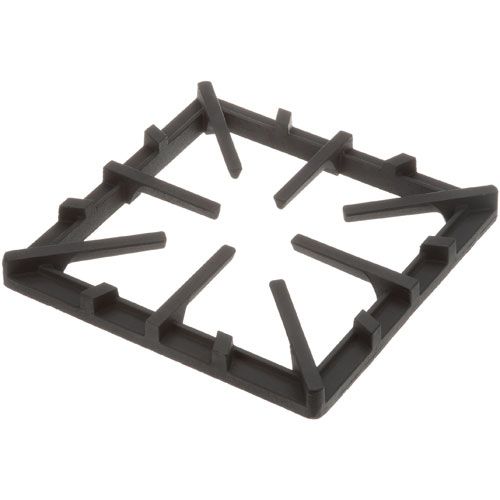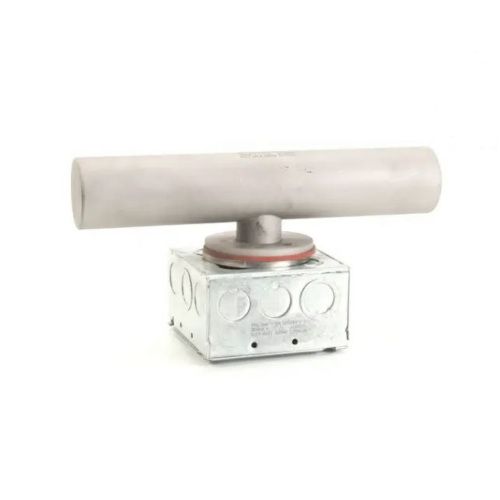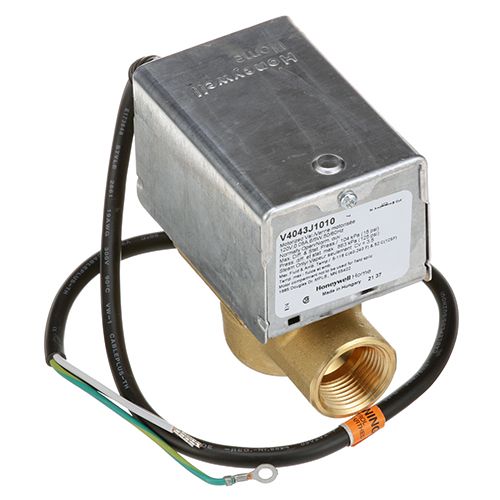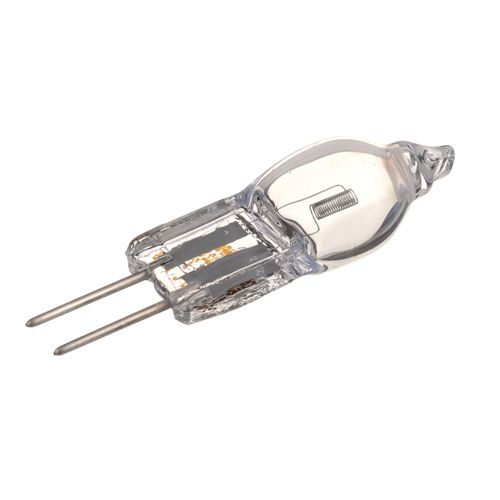How to Reset a KitchenAid Commercial Dishwasher: Step-by-Step Guide
A KitchenAid commercial dishwasher is designed for tough, high-volume use in busy kitchens, but like any appliance, it can occasionally run into issues. From stuck cycles and flashing lights to frozen controls, these disruptions can slow down operations and impact efficiency. Fortunately, many of these problems can be resolved with a simple reset.
This guide walks you through how do you reset a KitchenAid dishwasher using various methods, including power cycling, control panel resets, and hard resets. You’ll also learn how to troubleshoot error codes, follow essential safety steps before performing a reset, and know when it’s time to call a professional technician. With the proper approach, a KitchenAid dishwasher reset can help restore your appliance’s performance and keep your kitchen running smoothly.
When Should You Reset Your KitchenAid Dishwasher?
Understanding the scenarios where a reset is necessary helps you diagnose problems faster and get your Kitchenaid dishwasher back in working order without wasting time.
-
Unresponsive Controls: If you press buttons and nothing happens or if the control panel is completely frozen, a reset will often restore normal operation by clearing internal memory glitches.
-
Incomplete or Stuck Cycles: Dishwashers that pause mid-cycle or won’t initiate a new wash are likely suffering from software or sensor errors. A reset clears these errors and allows the system to reboot properly.
-
Unexpected Shutdowns: Power disruptions or surges can cause the dishwasher to shut off suddenly. In most cases, a reset is needed to restart the system safely and resume cleaning operations.
-
Blinking or Flashing Lights: Flashing LED indicators may signal that the appliance needs to be reset. For instance, lights may blink if the unit detects a door that hasn’t latched properly or if there’s a water temperature issue.
-
Delayed Response After a Power Outage: If your KitchenAid dishwasher won’t respond after the electricity comes back on, a power cycle or hard reset is often the solution to restart the control system.
Looking for replacement parts to keep your KitchenAid commercial dishwasher running smoothly? PartsFe offers parts like control panels, water inlet valves, and drain pumps from top brands including KitchenAid, Whirlpool, and Bosch. Shop now to find the perfect fit and get your dishwasher back to peak performance!
Safety Tips Before Resetting Your KitchenAid Dishwasher
Before starting the reset process, be sure to follow essential safety precautions to protect yourself and avoid causing damage to your dishwasher.
-
Disconnect Power: Always disconnect your dishwasher from power before starting the reset, either by unplugging or switching off the circuit breaker.
-
Keep Hands Dry: Never perform a reset with wet hands or near wet surfaces to avoid electrical shock.
-
Avoid Opening Mid-Cycle: Do not open the dishwasher door during an active cycle; wait until it finishes draining and cooling.
-
Refer to the Manual: Before continuing, consult your user manual for instructions unique to your model on KitchenAid dishwasher manual reset.
-
Use Proper Tools: Use the proper tools for any reset-related tasks to prevent damage or injury.
-
Put on Protective Gear: To shield yourself from splashes and debris, put on safety glasses and gloves when accessing internal components.
Power Cycling Your KitchenAid Dishwasher for a Quick Reset
Power cycling is a simple way to fix common issues like unresponsive buttons or blinking lights. It resets the dishwasher by turning off and restoring its power.
How to Power Cycle:
-
Shut Off the Dishwasher: Start by pressing the “Cancel” or “Power” button to stop any active wash cycle. This ensures the dishwasher is not running when you cut the power.
-
Disconnect the Power: Next, unplug the dishwasher from the electrical outlet if it’s a plug-in model. For hardwired units, flip the circuit breaker off to completely disconnect power.
-
Wait 5–10 Minutes: It’s important to wait for about five to ten minutes. The dishwasher's control board can completely drain and reset its internal memory during this break.
-
Reconnect Power: To reconnect power after waiting, either plug the dishwasher back in or flip the circuit breaker back on.
-
Restart the Appliance: To ensure that the reset was successful and the dishwasher is operating properly, turn it on one last time and run a brief cycle.
Power cycling is a quick and easy reset method that doesn’t require the KitchenAid dishwasher reset button or advanced technical skills.
Using the Control Panel to Reset Your KitchenAid Dishwasher
Many KitchenAid commercial dishwasher models offer a convenient button-sequence reset option directly on the control panel. This method is especially useful for fixing software glitches or cycle errors without needing to unplug the appliance or shut off power.
Steps for Control Panel Reset:
Step 1: Ensure Standby Mode
Verify that there are no cycles running in the dishwasher. Press the “Cancel” or “Power” button to stop the current operation.
Step 2: Press and Hold “Start/Cancel”
Find the “Start/Cancel” button on the control panel and hold it for 3 to 5 seconds. You might hear a beep or see lights flash, indicating the reset.
Step 3: Watch for a Reset Indicator
Look for flashing lights or a tone from the control panel. This indicates that the reset was completed successfully.
Step 4: Select and Start a New Cycle
Pick your preferred wash cycle and press “Start.” This will confirm the dishwasher is working properly after the reset.
This is the recommended method if you want to perform a KitchenAid dishwasher reset control panel procedure quickly and safely.
Troubleshooting Error Codes on Your KitchenAid Dishwasher
KitchenAid commercial dishwashers use error codes to indicate specific issues. Understanding these codes and entering the correct KitchenAid dishwasher reset code can help clear errors and quickly restore normal operation without a service call.
Error Code: F6/E4: Drainage Issue
The dishwasher is failing to drain water effectively.
Signs: Water pooling at the bottom, dishes stay wet, slow drain, or gurgling noises.
Fix: Examine the drain pump for damage or obstructions, clean the drain filter, and look for blockages in the drain pipe.
Error Code: F2/E1: Control Panel Error
A control panel button is either jammed or unresponsive.
Signs: Buttons don’t respond, the dishwasher won’t start, or the error appears after pressing a control.
Fix: Wipe down the control panel to remove moisture or debris. Cycle the unit's power if the problem continues. Replace the panel if unresponsive.
Error Code: F8/E4: Water Level Sensor Fault
Fault in the float switch or water level sensor.
Signs: Overfilling, underfilling, or inconsistent cycle behavior.
Fix: Inspect the float switch for debris or damage. Check wiring to the water level sensor and replace components if necessary.
Error Code: F9/E1: Water Overflow Detected
The dishwasher has detected an excessive amount of water in the tub.
Signs: Leaks around the base, long drain cycles, or repeated error interruptions.
Fix: Check the float switch for sticking, examine the water inlet valve, and inspect for hose leaks or drainage clogs.
Error Code: F1/E2: Thermistor or Heating Issue
Faulty thermistor (temperature sensor) or heating element.
Signs: Water doesn't heat up, extended wash times, poor drying results.
Fix: Use a multimeter to test the thermistor and heating element. Replace faulty components and inspect for loose wiring.
Safety Reminder: Always disconnect your dishwasher from power before inspecting or resetting to avoid electric shock. Seek advice from a qualified technician if you're unsure.
Check out this guide on how to fix a commercial dishwasher discharge hose for step-by-step instructions on resolving clogs or kinks that may trigger drainage-related issues.
Performing a Hard Reset on Your KitchenAid Dishwasher
A KitchenAid dishwasher hard reset is a deeper reboot that clears persistent errors by completely cutting power for an extended time.
-
Completely Power Down the Dishwasher: Turn the dishwasher off completely by pressing the power button, then disconnecting it from the outlet or turning off the circuit breaker.
-
Wait for Full Discharge: Leave the dishwasher without power for 10 to 15 minutes. This ensures all residual electricity drains from internal components.
-
Inspect Internal Wiring Connections: While the dishwasher is powered off, check accessible wiring and connectors for any visible signs of damage or corrosion that might cause malfunctions.
-
Restore Power Safely: To safely restore power, either switch on the circuit breaker or plug the dishwasher back in. Before restarting the dishwasher, wait a few seconds.
-
Confirm Reset Completion: Start a new wash cycle to check if the reset resolved the issue. The dishwasher should run normally without error codes.
When to Perform a Hard Reset
Use this method if your dishwasher freezes, displays persistent error codes, or doesn’t respond to soft resets and power cycling. If issues persist following a hard reset, it can be a sign of hardware issues that require expert evaluation and fixing.
Check out this guide on commercial dishwasher water inlet valve replacement to help you inspect and replace the valve if needed and prevent issues to keep your dishwasher work in good condition.
What to Do After Resetting Your KitchenAid Dishwasher & When to Call a Pro
If issues persist following a hard reset, it can be a sign of hardware issues that require expert evaluation and fixing.
Post-Reset Checklist
-
Cycle Starts Normally: Make sure you can select and start a new cycle without any problems.
-
No Error Codes: Check that the display no longer shows error codes or warning lights.
-
Proper Water Fill and Drain: Verify that the dishwasher fills with water and drains as expected.
-
Secure Door Latch: Ensure the door latch secures properly during operation.
-
No Leaks or Strange Noises: Check the base for leaks and listen for any strange noises.
When to Call a Technician
-
Persistent Error Codes: Contact a professional if error codes continue to appear after resetting, especially codes like F6/E4 or F9/E1.
-
Unresponsive Control Panel: Professional assistance is required if the dishwasher won't start or finish cycles or if the control panel is unresponsive.
-
Signs of Electrical or Water Damage: Seek service if you detect water leaks, burning smells, or signs of electrical issues such as arcing.
Professional technicians authorized by KitchenAid have the right tools and parts to diagnose and fix problems beyond what DIY troubleshooting can handle.
Conclusion:
Resetting a KitchenAid commercial dishwasher is essential for resolving common glitches and restoring reliable performance. A reset clears minor errors, addresses unresponsive controls and flashing indicator lights, and helps the dishwasher function smoothly again. If routine resets do not resolve persistent problems, professional servicing may be required to prevent larger malfunctions and protect the longevity of the appliance.
FAQs
How do I reset my KitchenAid dishwasher control panel?
Press and hold the "Start/Cancel" button for 3 to 5 seconds. The lights may flash or a beep may sound, confirming the control panel reset is in progress.
What is the most common problem with the KitchenAid dishwasher?
Drainage issues are the most frequent, often due to a clogged filter, blocked hose, or faulty pump preventing proper water removal.
How do you do a hard reset on a dishwasher?
Turn off the unit, unplug it, or switch off the circuit breaker. After 10–15 minutes, restore power and start a new cycle to complete the reset.
Why won't my KitchenAid dishwasher run a cycle?
It may be caused by a door that isn’t fully latched, a power supply issue, or a stuck control panel. Resetting can often fix these problems.










